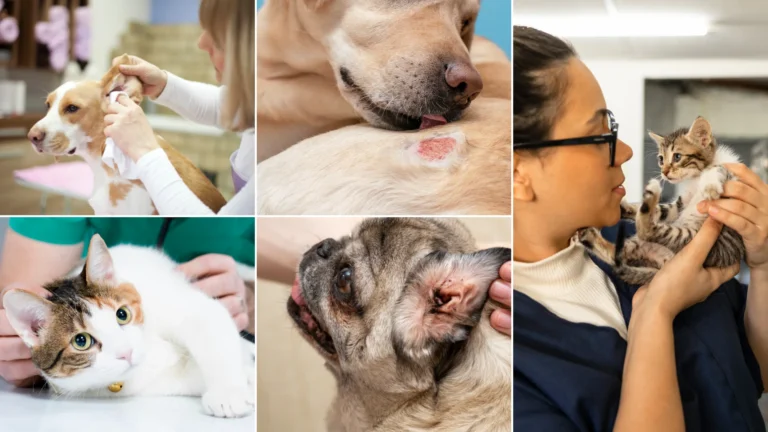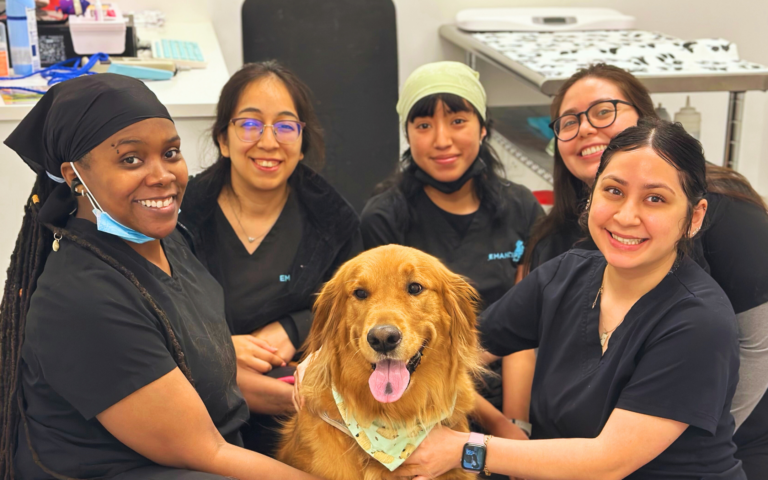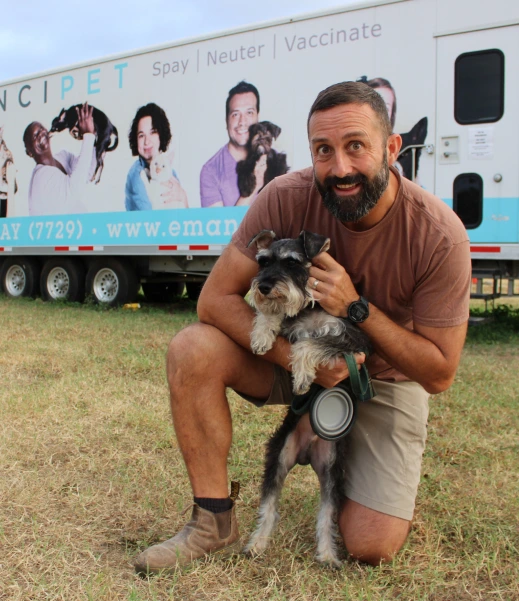Wherever you live, chances are pretty good that you’ve seen a community cat – you just might have mistaken it as a neighbor’s indoor/outdoor pet. If you’ve ever tried to interact with a feline who is unfamiliar to you, only to have him run away, instead of circling your feet and asking for food, he’s probably a community cat.
What are Community Cats?
A community cat is an un-owned cat who lives outdoors – typically in a colony. These cats may be completely feral, meaning that they were born in the wild. They have had little or no human contact, or might have been owned at some point, but were abandoned or lost, and have adapted to living outside.
While people may associate rabies with feral cats, this is simply a misconception. According to Alley Cat Allies, there has not been a link between rabies and human contact with these cats in the last 40 years. In fact, community cats do not want to be handled by humans, so it’s best to keep a safe distance – especially if you have a dog with you.
While they may avoid human interaction, community cats will always seek food and shelter. You may find them under cars, bushes, or porches. If you notice community cats in your area, there are a few things you can do to help keep them safe:
- Provide water and food regularly, especially during abnormally hot or cold months
- Offer a safe area on your property, or build or purchase a cat shelter to provide protection
- Reach out to a local organization about TNR services in your area
- Check out our guide to caring for community cats in cold winter months
Trap-Neuter-Release (TNR)
Trap-Neuter-Release or TNR is widely used throughout the country as a humane and safe way to trap community cats, provide spay/neuter surgeries, rabies vaccinations, and then release them back into the wild.
There are many benefits to TNR, both to community cats and the neighborhoods where they live. The most obvious advantage for the colonies is stabilization, as there are fewer and fewer mating and pregnancy cycles.
According to the ASPCA, by stabilizing the population, cats will naturally have more space, shelter and food and fewer risks of disease. After being spayed or neutered, cats living in colonies tend to gain weight and live healthier lives.
TNR also means less yowling, fighting, and spraying – making cats better neighbors for humans. In some cases, it also gives once stray cats now living in a colony, an opportunity to socialize with humans – giving them the chance to be adopted.
If you’re interested in managing a feral cat colony in your area, know that it is a serious commitment. Managing a colony is a year-round responsibility, and begins the moment you make food available. Colony managers play a vital role when it comes to keeping community cats safe and healthy.
Interested In Learning More? Visit Our Guide To Community Cat Resources or donate to support low-cost spay and neuter for a feline friend in your community.
Before you go – If you enjoyed this post, you probably love pets as much as we do! Did you know that you can sponsor a pet in need each month with a Nose to Tail Team donation and receive a limited-edition tote bag? Join our Nose to Tail Team and help a pet family get the care they need each month for just $0.54 a day.





